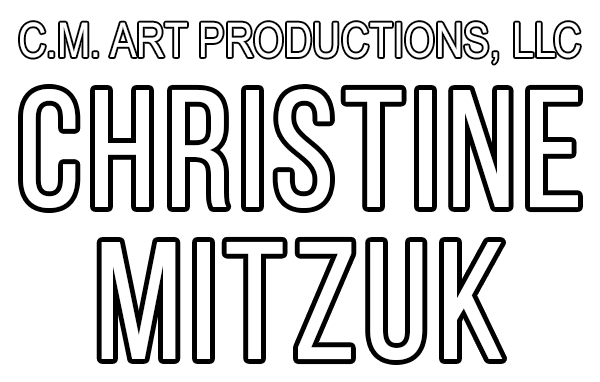As a present for my husband, I painted a posthumous portrait of his mother. Kinda tricky. I had to work from photos, and my memories and impressions of her.
Step 1
Transfer the photo reference as a line drawing/tracing to the canvas and start painting. I thought this would be a shortcut. Turns out it wasn’t. I found I wasn’t really understanding the forms and it was looking flat. So…
Step 2
Do a drawing. Not a highly rendered drawing but a drawing from observation instead of tracing. Instead of just copying what I saw and trying to exactly place all the bits, I actively thought about form (shapes, volumes, overlapping forms, and underlying structure), plane changes, and value groupings.

Utrecht Recycled Sketchbook paper
Conte Sanguine Pencil, Conte White
Next time if I transfer a picture, I’ll try to be more mentally engaged with forms. Though I did enjoy doing the drawing so maybe a quick one stays in my process.
Step 3
Go back to the painting. Think about shape, volume, value, color, edges. With each layer of paint continue to think about shape, volume, value, color, edges.
I had a few progress shots but due to technical difficulties, they are long gone. Instead, here’s the finished piece (or at least really close to being done).

Materials and Painting
This portrait was painted in oils. Generally my process goes something like this. For the lay-in/first pass I thin the paint with Gamsol (a type of odorless mineral spirits. It has the least amount of evaporation per hour so I’m not breathing in too much junk). Following the “fat over lean” principle, I use less Gamsol and more paint in the next several passes. Nearing the end when I’m working finer detail and edges I add a little Galkyd Lite to the mix. I tried regular Galkyd ages ago but found it set up too quick for me.
Right now I mostly use the Paxton Pallete from training at The Atelier (with a few additions of my own for this specific project). Eventually I’ll experiment with other colors.
The Paxton Palette lends itself well to natural colored subjects, like people, because of the qualities of mineral pigments v.s. modern/organic pigments. Most all the colors in the Paxton palette are mineral pigments with the exception of Alizarin Crimson.
Paxton Palette Colors
- Ivory Black
- Raw Umber
- Alizarin Crimson
- Indian Red
- Light Red
- Cadmium Red Light (was Vermillion but Cad. Red Light is a good replacement)
- Cremnitz White (this is lead carbonate so I’m using up the one tube I have and then I’ll be switching to something else)
- Cadmium Yellow Light
- Naples Yellow
- Yellow Ochre
- Viridian Green
- Ultramarine Blue
- Additions: Manganese Blue, Cerulean Blue, Permanent Sap Green Deep (this last one mainly because I wanted to see how it mixed for cool shifted flesh tones).
If you’re interested, you can read more about mineral vs. modern colors
here: http://www.gamblincolors.com/newsletters/studionotes19.html
here: http://www.goldenpaints.com/justpaint/jp26article2.php
Yes they’re product pages, but you can glean some helpful general information too.
